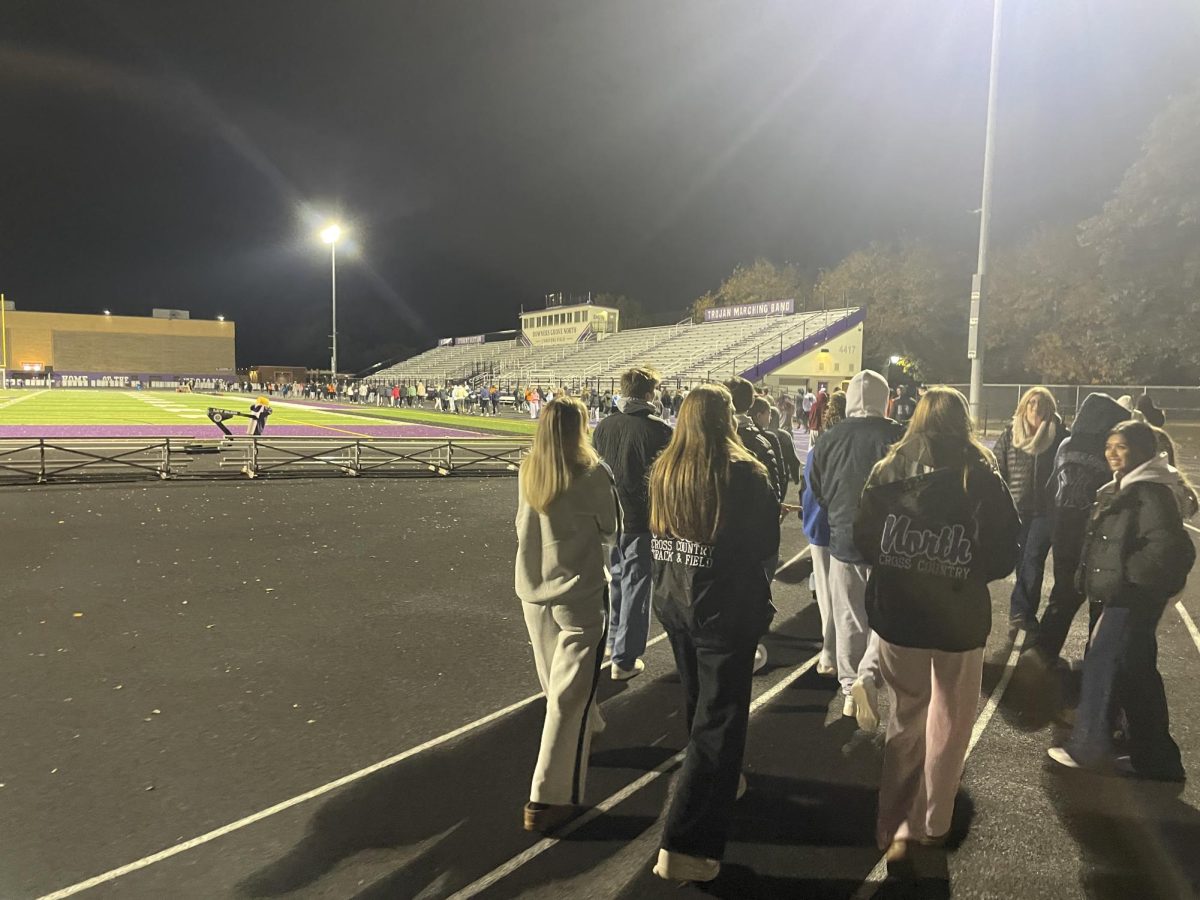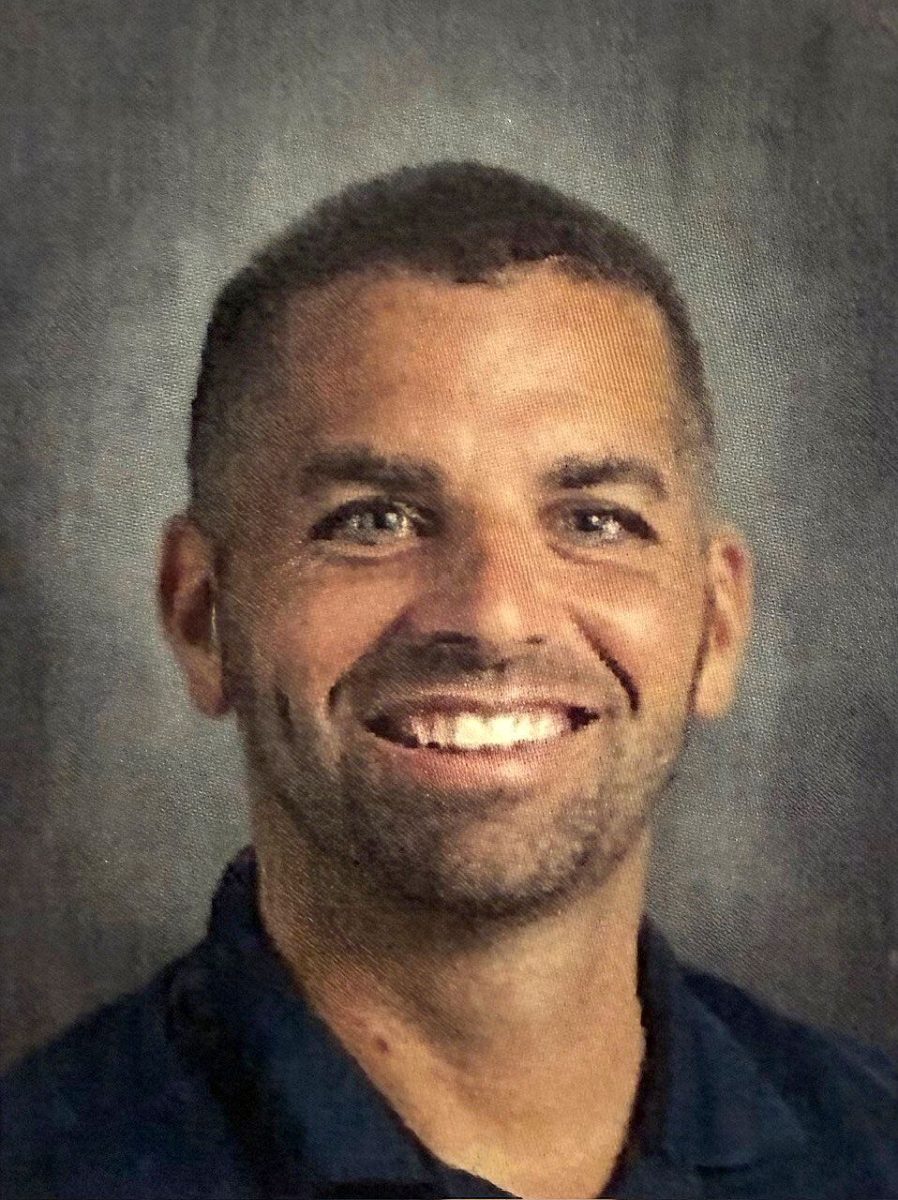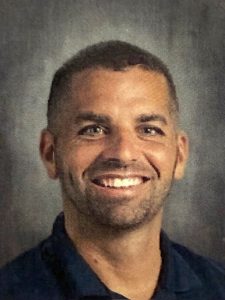Non-traditional classes adjust to e-learning
May 18, 2020
After releasing students on March 13, DGN has shifted to an E-learning schedule for the remainder of the 2019-2020 school year. All classes have been moved online, allowing students to complete their semester work via platforms including Google Classroom and Zoom. For non-traditional courses like choir, band, art and theatre, teachers have had to get creative with adjusting a normally hands-on class to an online experience.
Choir Director Frank Piekarz recognizes the peculiarity of the situation but is proud of the way choir students have adjusted despite hiccups along the way. “There is no Zoom room that can help us to replicate 100% participation; the technology is amazing, but it’s not precise enough to allow us to rehearse in real-time,” Piekarz said. “As a result, we are focusing on developing the individual singing and listening skills of our students; each of us is working to get better as singers and as musicians.”
Fellow Director of Choirs Beth O’Riordan also finds challenges in replicating rehearsal online but has found the experience to be positive because students have been highly engaged while focusing on learning and growing. O’Riordan uses weekly Zoom meetings and additional assignments to aid students in improving their skills despite being apart.
Junior Cole Cook is a part of choir and is glad that the workload isn’t too overwhelming. “Each week we get a weekly listening assignment just like we had during ‘normal’ choir and a sight singing assessment; the workload isn’t bad at all,” Cook said. “It is a bit hard to teach a choir class that isn’t actually participating in singing as a choir, but I think my teachers are doing a great job.”
The band program has also been adapting to new systems and methods of practice. A software called ‘SmartMusic’ is being utilized to record students and assess their accuracy on notes and rhythms, which like Choir, aids them in consistent and beneficial practice. Band Director Jessen Smith believes that E-learning has been a struggle for everyone, but the band is at a benefit.
Smith finds the number one priority for assigning work is keeping students active with their instruments while having the extra time to sit down and play. “Obviously, you can’t replicate a full band at home, so it can’t replace the band class, but it’s not like there’s nothing to be gained from this experience! Students are finding new and creative ways to engage with music – it just doesn’t look like a traditional band class.”
Although efforts are being made to replicate the classroom, some students miss the in-person experience. Sophomore Mary Kosowski is a percussionist and dislikes how E-learning has taken a toll on her music education. “I think it’s really hard to not be able to be in an atmosphere with a whole band,” Kosowski said. “The technology we are using isn’t the most up to date or accurate so it makes it harder to read our notes at times.”
Art has also taken a hit by E-learning, posing challenges for those that don’t have access to required supplies at home. Few students are tuning into Zoom classes, making it impossible for teachers to give live critiques. Multi-course art teacher Robyn Bican has found it difficult to come up with meaningful plans for her various classes.
“Student artwork is individual and the finished product looks different for each student. Helping students from home and not in person is challenging because my students are sending progress pictures of their work to get feedback,” Bican said. “I prefer in-person critiques much more because it is more personal and meaningful.”
Multi-course art teacher Edward Voelker has also gotten creative with assigning art assignments. Voelker uses Google Classroom to create step-by-step videos for his on-paper students and uses Adobe products for his computer art classes. Like other teachers, he misses the enthusiasm, camaraderie and accountability that working together in a common space encourages, and finds the energy that group interaction has in a shared environment difficult to replace.
Multi-course art teacher Amy Bernard has also found her way through E-learning by creating an art adventure challenge where students can make projects using household items including foil, magazines and personal photos. “[I’m] having the students research a contemporary artist and plan a project around that inspiration, as well as record a Flipgrid about the artist,” Bernard said. “It was a seamless transition, minus the ability to work with clay to create a project inspired by the artist.”
For theatre, Acting 2 and 3 teacher Demetrios Pappageorge finds E-learning to be a negative ordeal for his students. “The acting process is all about really listening and watching for emotional clues from your partners, so one knows how to respond. Good actors hear those vocal clues in the live voices of their partners without a Zoom delay or electronic distortion,” Pappageorge said. “Ultimately, our classes have become a bit more of an Acting-for-the-Camera class than anything else.”
“It’s been a challenge, but it’s a temporary one. Life will return to normal, and we will be better teachers and students when it does,” Smith said. “But for now, we as teachers hope that you are making the most of this time. The gift of time is hard to appreciate right now, which is why we don’t want you to waste it. But, we aren’t without empathy, and we also hope that you are taking care of yourselves and keeping yourselves in a good headspace. We’re your teachers – we’ll always care about you, which is why we want to see you grow, even in difficult times… especially in difficult times.”

























